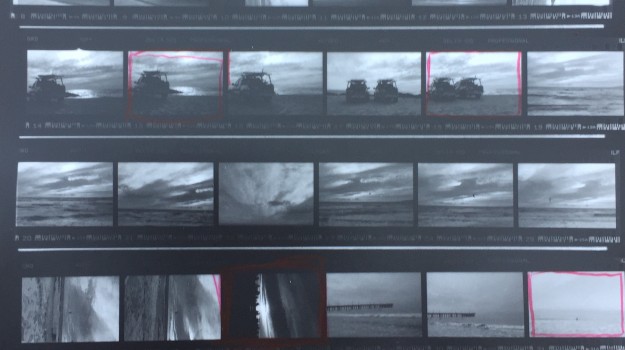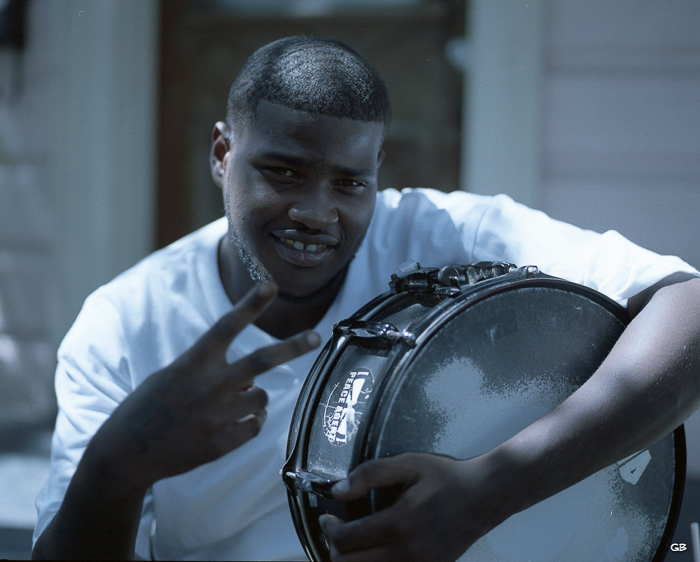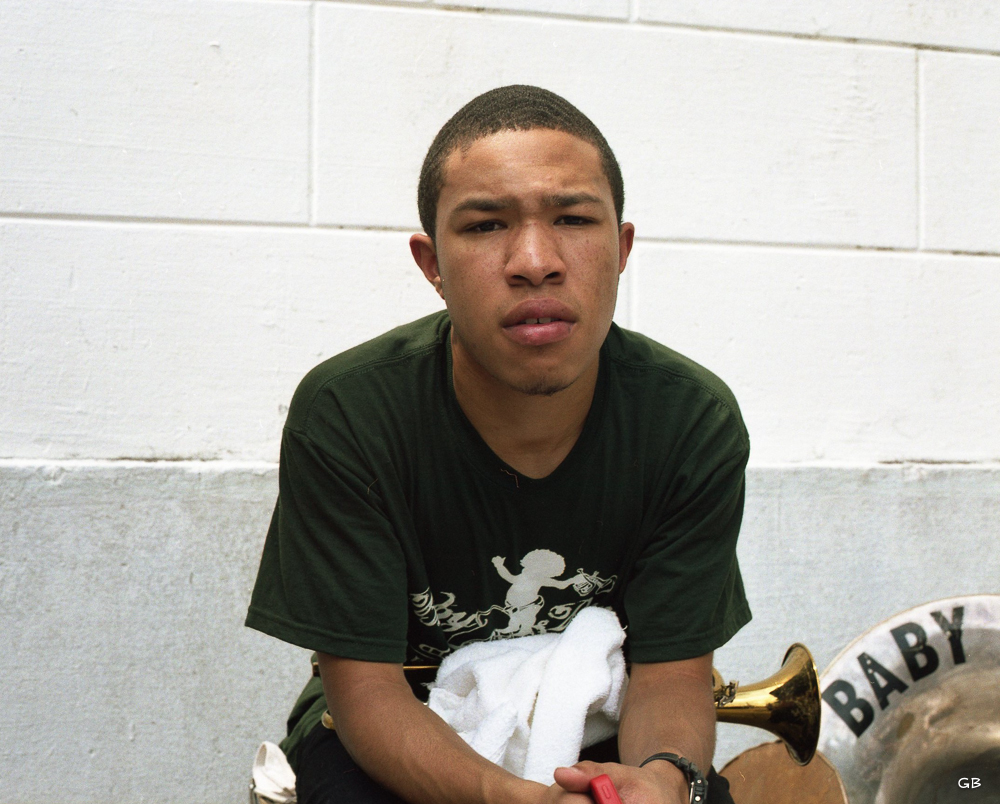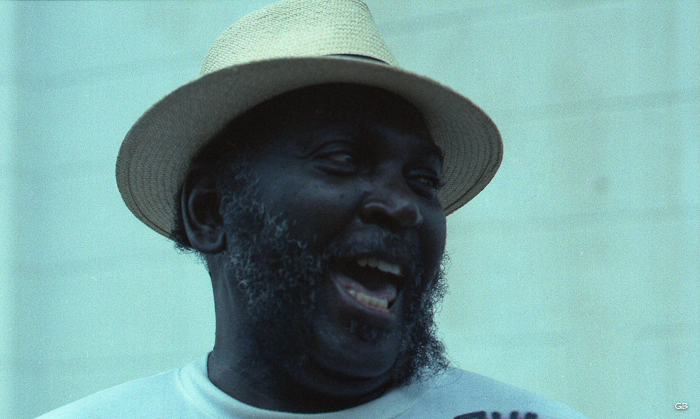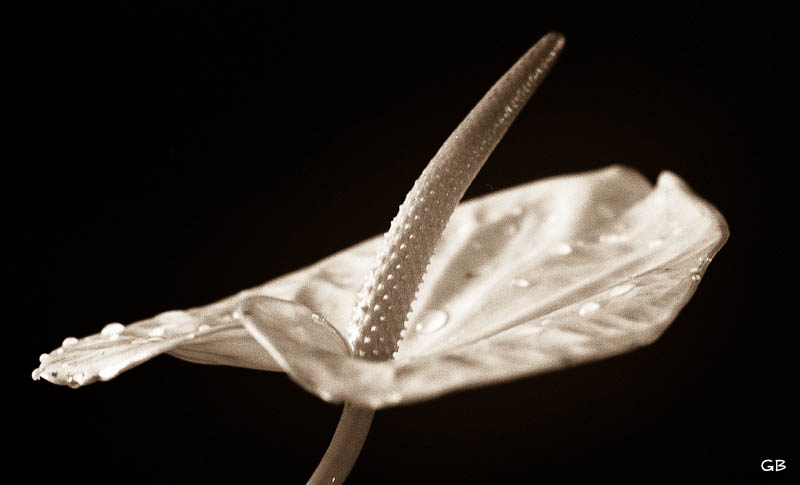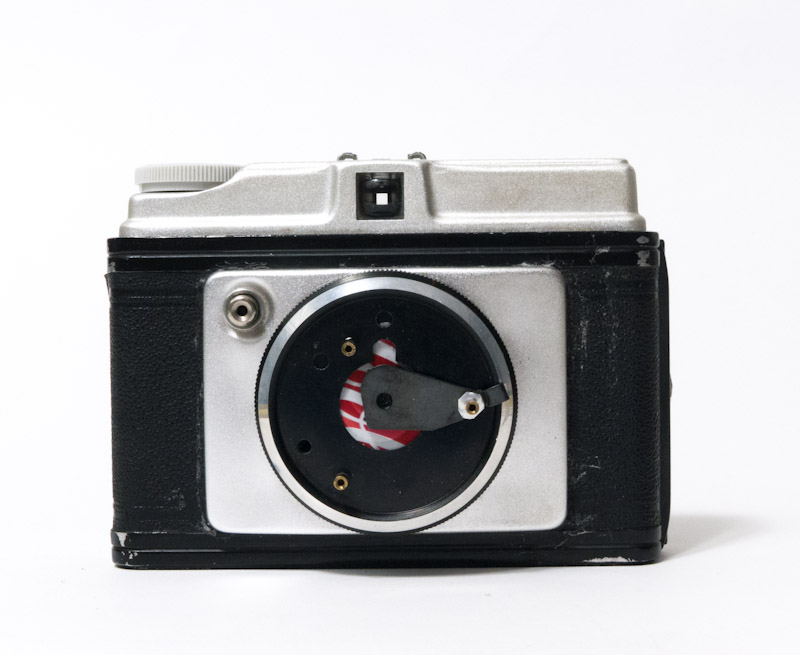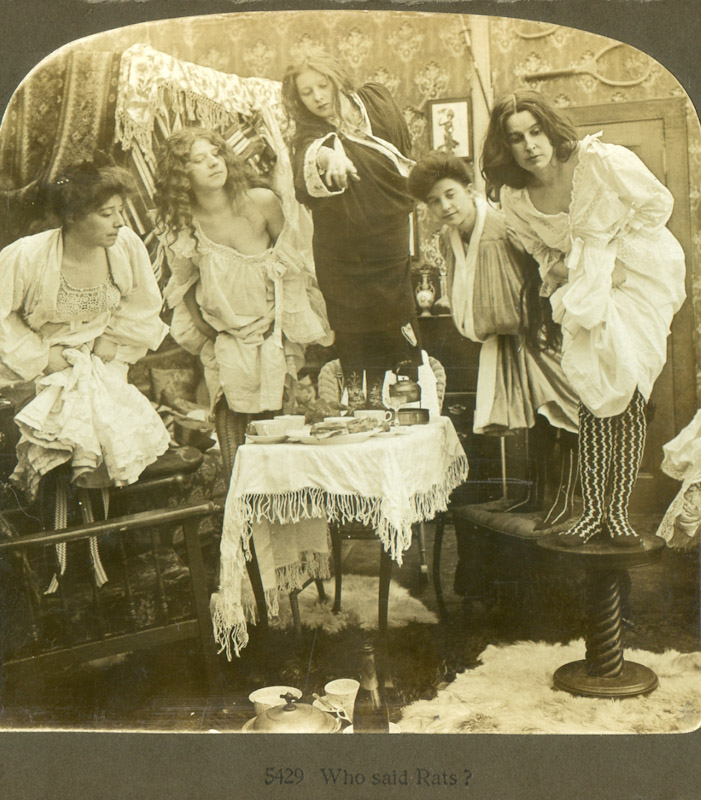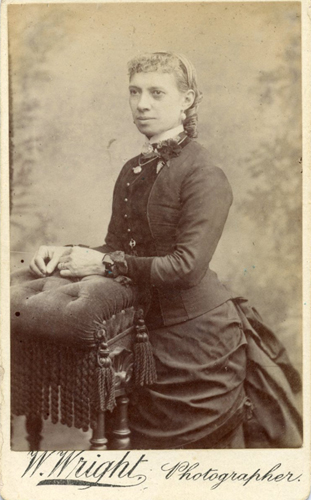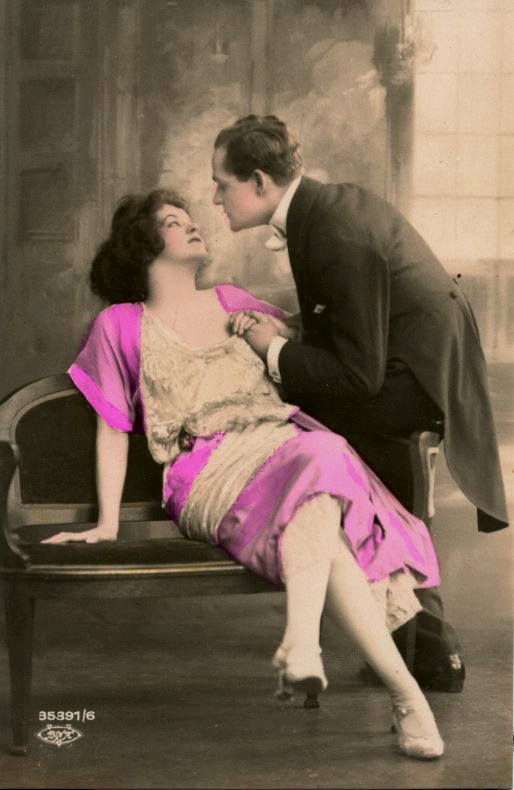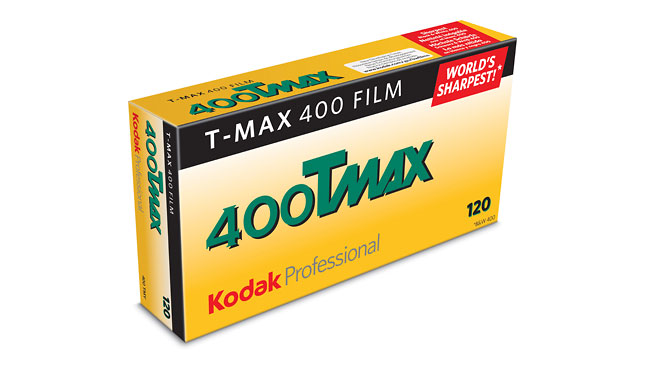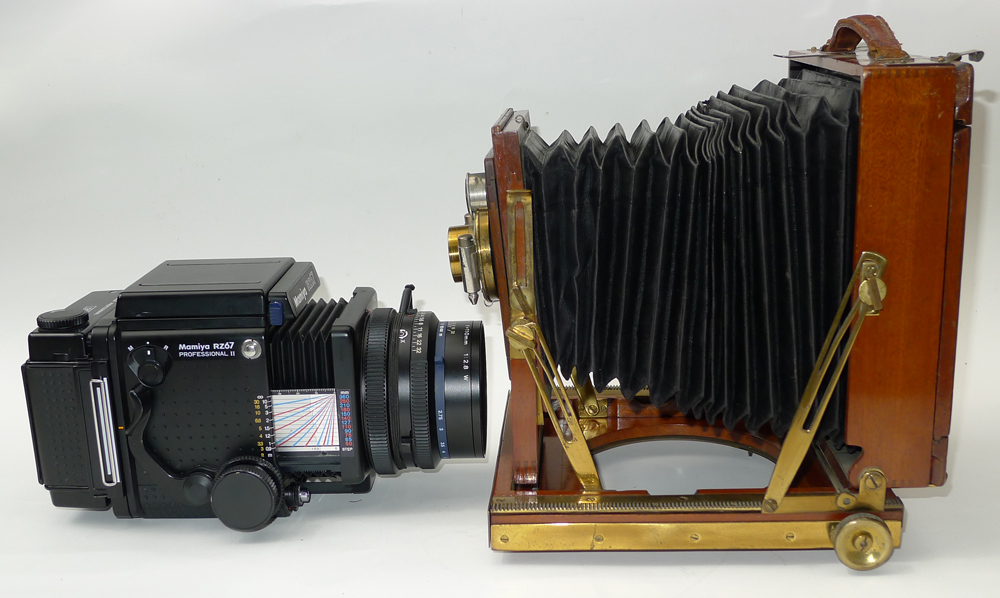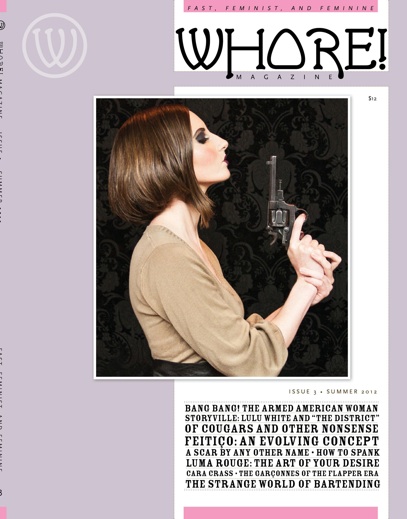Blog
If you're shooting film and not making proper proof contact sheets, you really should be. I've shot film for more than 40 years but I've only consistently made proper proofs for the past few. For a good while, I shot and developed my film, then scanned it and used the scans to choose and images to print in the darkroom (with the added bonus that I had the scanned images to use online).
A few years back, a Mac OS update made my Epson Perfection V750 scanner the definition of tedium to use...pausing after every single image it scans so that a roll of film can take half an hour or more to scan....
Continue Reading »
Continue Reading »
Last of the New Orleans portraits. I've finally started the new local London project I wanted to do so this little self-review process has served its purpose. This is a shot of the snare drummer from the To Be Continued Brass Band. As with the others, it was taken a few years ago before the start of a parade. I remember taking this picture because when I asked to take this gentleman's portrait he immediately stuck two fingers up, as in this picture. To an English person this gesture has a very specific meaning...that is: f-off. I remember being a little taken back, but I understand that the 'two-finger...
Continue Reading »
Continue Reading »
Second post about some portraits I took a few years back in New Orleans. Still building up to the new project I want to get off the ground. Here's an example of portrait that would of been good, had the composition not been off. I spotted this young man sitting in a quiet area beside a church in Treme. He had taken himself away from the main group, doubtless to collect his thoughts before the parade in which he was playing began. As with the other pictures I'm going to feature it was taken with consent. I think the photo succeeds in capturing some of that pre-parade tension, and I like the fact...
Continue Reading »
Continue Reading »
I'm hoping to start shortly on a portrait series. It's something I've had in mind for a long time but always find an excuse to put off. I've not done a huge amount of portrait photography, but it's something I want to do much more of. Some years ago I spent a lot of time in New Orleans and did try to get a project off the ground based around the city's parade bands that perform at festivals and funerals. It was difficult not being a local and having a very limited time window, but I did manage to shoot a few one-shot portraits by hanging around the parade areas in the Treme neighbourhood.
By...
Continue Reading »
Continue Reading »
I've seen a lot of pictures shot with the Speed Graphic/Aero Ektar aerial reconnaissance lens combination that I really like so I've had it in the back of my mind that one day I would get one. Two things put me off: firstly the fact that the Aero Ektars are radioactive (some reports suggest dangerously so) and secondly that the price of the lens is now, frankly, ridiculous, frequently topping £700 on e-bay.
Just before Christmas I was browsing antique stalls in my local market when I spotted what was clearly not an Aero Ektar, but was some sort of World War II aerial reconnaissance lens. The seller...
Continue Reading »
Continue Reading »
I’ve had an old 1950s Ilford Sporti camera sitting at the back of my cupboard for some years now. It came out of a relative’s attic and, despite having a sticking shutter, was given to me because I’m ‘interested in cameras’. I’d always intended to convert it for pinhole use, but never got around to it. I was slightly put off because a Google search brought up only one description of a similar conversion in which apparently knowledgeable people claimed that the camera was ‘never meant to come apart’ and required brute force and a chisel to dismantle. Not a great starting point...
Continue Reading »
Continue Reading »
It’s true. I bought a time machine. And I got it on e-bay. But let me begin at the beginning. It all started in my favourite East End flea market. I was browsing the stalls when I spotted some old stereoview photographs. Normally I’d pass them by, but these particular views reminded me strongly of the work of E J Bellocq, one of my favourite photographers. Clearly taken in the early 1900s, they feature slightly risqué images of women dressing or having an impromptu party at their college dorm.
Clothed in night dresses or under garments, they wear the fancy stockings so favoured by Bellocq’s...
Continue Reading »
Continue Reading »
I don’t collect Victorian cabinet cards. Indeed, I own only one. And I didn’t buy it—as I do most photos in my collection—for the image on the front. I bought it because of the Studio stamp on the back. I found it in a box at a vintage fair. When I turned it over I spotted the address of W Wright’s studio: 188, 189, 190 Bethnal Green Road and the date, 1888. Number ‘188-190’ Bethnal Green Road is close to where I live, indeed I walk past its location every day. I say ‘its location’ because 188, 189 and 190 Bethnal Green Road no longer exist.
Many of the Victorian buildings...
Continue Reading »
Continue Reading »
I’ve been collecting Victorian and Edwardian photographs for quite a few years now, but I’ve always shunned the popular colourised images from this era as just a little bit tacky. I had a handful in my collection as curiosities only. Recently, though, I’ve been trying to perfect the art of hand-spotting photographic prints using correcting inks and while playing with the green-shaded olive-tones put some washes on a few of my own reject photos. Then, by chance, a few weeks back I came across a small collection of hand-coloured Edwardian studio images in an East London flea market; my interest...
Continue Reading »
Continue Reading »
I’ve said before that my photography is influenced by the earliest purveyors of the medium: the Victorian and Edwardian studio photographers who shot nudes and historical reconstructions to peddle as “artists’ aids”, used as an alternative to life models. For obvious reasons, many of the original buyers had never held a paintbrush in their life! Considered pornographers in their time, the images they produced would today be considered moderate in the extreme. But recreating the look and feel of these photographs is a challenge.
There are many aspects to replicating this early...
Continue Reading »
Continue Reading »
It's said that you choose friends that are most like you. Most photographers think of their cameras as their friend. My Mamiya RZ67 is big, ugly and way too heavy, so I can see why I chose it as my day-to-day camera. Since switching from 35mm I use it for pretty much everything, from studio to street. But when I use large format, I switch to a Victorian half-plate Thorton Pickard Korona. My Mamiya PROii was made around 1995, the Thorton Pickard dates to 1895. But what is striking is that looking at the two side-by-side, they are almost identical technologically. One hundred years of advancement...
Continue Reading »
Continue Reading »
If you're interested in finding out more about Storyville, the red light district where E J Bellocq took his series of images (see previous post), then read the article I wrote for the latest issue of Whore magazine. It's a really interesting new print magazine with a focus on high quality photography and writing. Issue 3 has only just been released.
Visit the magazine's Website for more info.
Continue Reading »
Continue Reading »
All photos are © Copyright. All Rights Reserved. For Privacy Policy see 'About' page.

 Posted on June 18, 2019
Posted on June 18, 2019
 by Stop Time
by Stop Time  0
0 